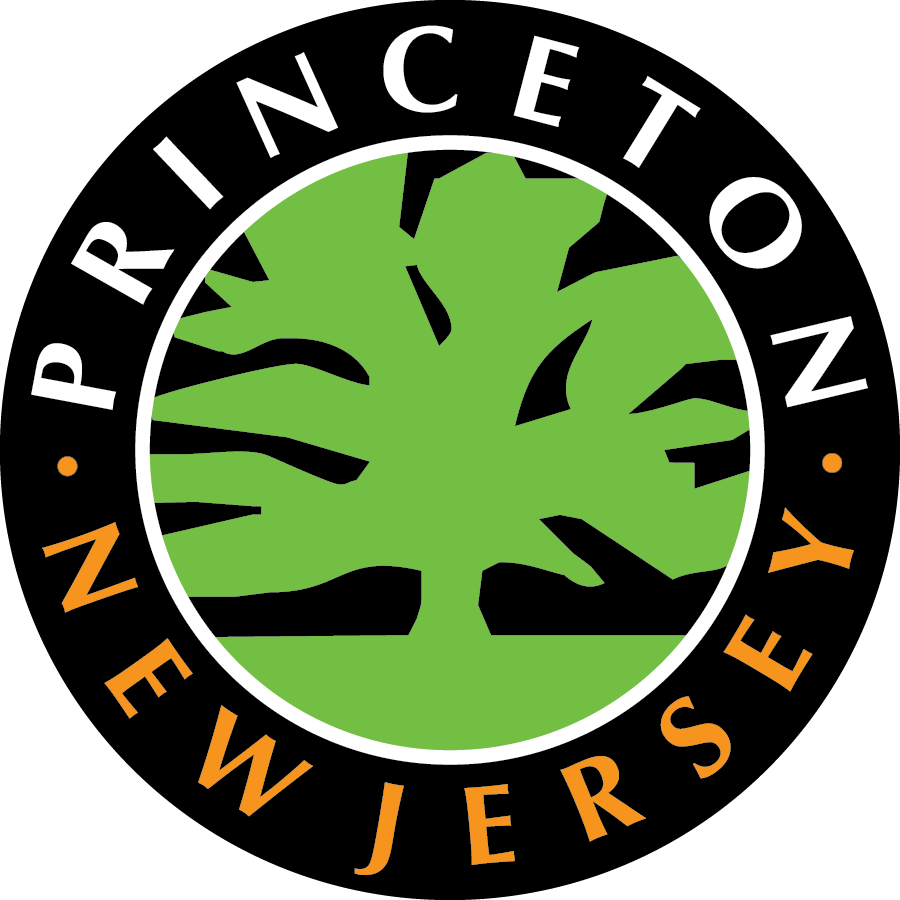Aiming to fend off Lanwin Development Corp.’s proposal to create a 30-lot residential subdivision on the Princeton Ridge, a retired geology professor and an environmental consultant told the Princeton Planning Board the move would be detrimental to birds, reptiles and other wildlife.
The two experts, hired by opponents of the proposed development, outlined the potential damage to the environment at the board’s March 5 public hearing. The development is planned for 725 Herrontown Road, 823 Herrontown Road and 915 Mount Lucas Road.
No decision was reached on March 5 and the application was carried to the board’s April 2 meeting. That will be the ninth in a series of public hearings on the application.
The 90.6-acre parcel, which is on the north side of Herrontown Road, is bordered by Herrontown Road, Herrontown Lane and Mount Lucas Road in Princeton, and by the Montgomery Walk townhouse development in Montgomery Township.
Development is proposed for 30 acres of the property in a clustered subdivision. The remainder of the land would be untouched open space.
Lincoln Hollister, who is a professor emeritus of geosciences at Princeton University, said the so-called Princeton Ridge is a rock formation and that heavy equipment or dynamite is needed to break through it.
Because the Princeton Ridge is essentially rock, water runs off the surface – similar to an asphalt parking lot. Water cannot trickle down through the rock, although it does collect in pools in shallow areas, he said. The pools are known as vernal pools.
“The important take-home fact is that (the rock formation on the Princeton Ridge) is absolutely impermeable to water,” Hollister said.
The water that collects in the vernal pools, which form during certain times of the year, cannot work its way down through the rock formations, he said.
Hollister, who lives on Ridgeview Road on the Princeton Ridge, said his home does not have a basement and his garden is in a raised bed. The depth to bedrock is a few feet and “the harder you dig, the harder is the rock,” he said.
At the proposed development site, rain water runs off the rock into shallow basins or vernal pools. The vernal pools are replenished by the runoff, but without the runoff or if the runoff occurs during a flash flood and is not held back by vegetation, the pools will dry up and be lost, Hollister said.
“If you remove the vegetation from the top of the ridge, you remove the source of water for the vernal pools,” Hollister said.
Vegetation slows the rate of runoff and allows the water to collect in the vernal pools, which double as the breeding grounds for certain species of animals.
Environmental consultant Blaine Rothauser, who also testified on behalf of the objectors, said the board’s job is simple. It has to evaluate whether the proposed development would have an “unreasonably adverse impact” on the area where it is intended to be built.
“You all have a job,” Rothauser told board members.
If the board members consider the environmentally sensitive area that makes up the Princeton Ridge, “the rest will follow,” he said.
The Princeton Ridge is a critical habitat and this type of place does not evolve overnight, he said. The proposed housing development would mean losing 30 acres in an environmentally sensitive area, he said.
Over 12 days, Rothauser said, he observed conditions in the area proposed for development. He counted many species of birds and reptiles, some of which need the vernal pools for breeding.
According to the town’s Environmental Resource Inventory, the Princeton Ridge holds some of the oldest and most completely forested areas in the town, he said. The proposed development would mean cutting down up to 3,000 trees, he said.
“The point is, biomass,” Rothauser said.
The trees are interconnected with the birds, bugs and mammals that live on the Princeton Ridge. The wildlife need the trees, such as the birds that make nests in the trees.
The wetlands areas on the Lanwin Development Corp. property are considered “exceptional value wetlands” by the New Jersey Department of Environmental Protection because they provide a habitat for threatened or endangered species, Rothauser said, referring to the town’s Environmental Resource Inventory.
The vernal pools are breeding ground for some species, he said. The vernal pools are also part of the food nexus, because predators know where the pools are located, he said.
The April 2 meeting will begin at 7:30 p.m. in the main meeting room at Witherspoon Hall, 400 Witherspoon St.

